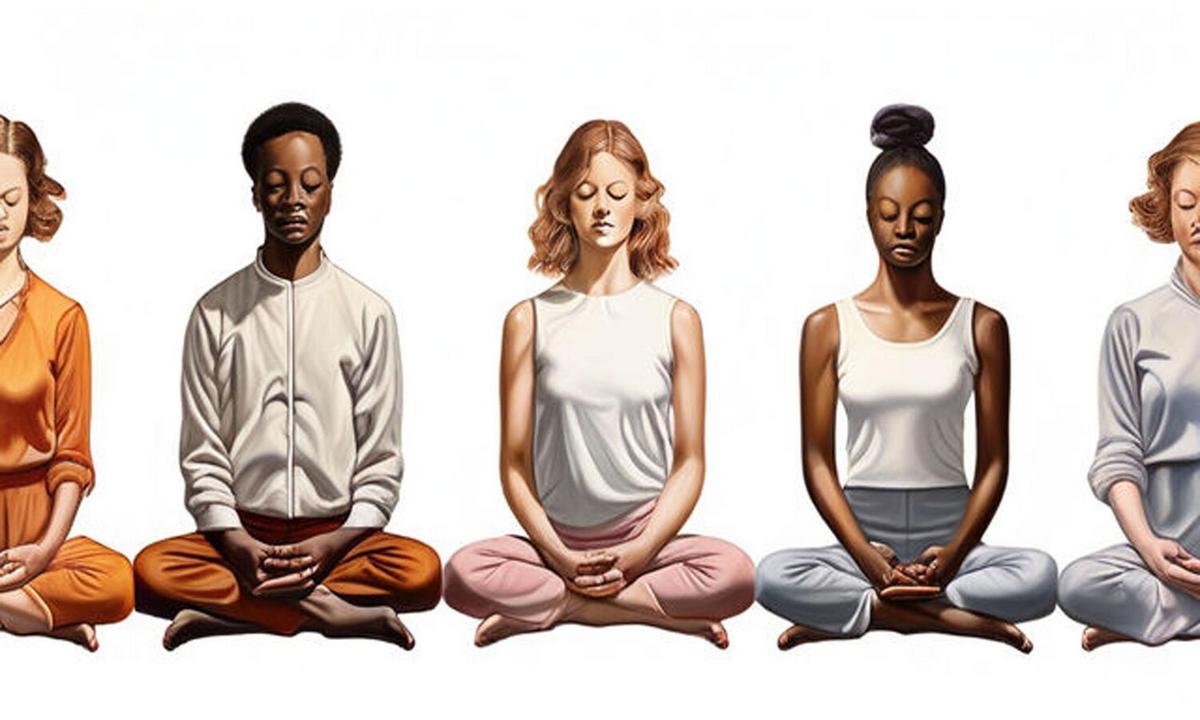Embarking on the path to mindfulness can transform the way you interact with the world, offering a sense of calm amidst life’s chaos.
Mindfulness, often described as the art of paying attention, can be a powerful tool to enhance mental well-being and emotional health. For beginners, it might seem daunting, but with the right guidance, anyone can incorporate mindfulness into their daily routine.
Understanding Mindfulness
At its core, mindfulness is about being present in the moment. According to Dr. Jon Kabat-Zinn, a pioneer in mindfulness-based stress reduction, it involves maintaining a moment-by-moment awareness of our thoughts, feelings, bodily sensations, and the surrounding environment.
Benefits Supported by Research
Studies have shown that mindfulness can reduce stress, improve focus, and even boost immune function. A 2018 study published in the Journal of Behavioral Medicine found that participants practicing mindfulness experienced a significant reduction in anxiety and depression symptoms.
Getting Started: A Step-by-Step Guide
1. Set Aside Time
Begin with just 5-10 minutes a day. Consistency is key. You can gradually increase this time as you become more comfortable.
2. Find a Quiet Space
Choose a spot free from distractions. This could be a corner of your room or a quiet park.
3. Focus on Your Breath
Close your eyes and take deep breaths. Notice the rise and fall of your chest, and let this rhythm anchor you to the present moment.
4. Acknowledge Your Thoughts
As thoughts arise, acknowledge them without judgment and gently bring your focus back to your breath.
5. Use Guided Resources
Consider using apps or online platforms that offer guided meditations. These can provide structure and support as you begin your practice.
Pro Tip: Keep a journal to track your mindfulness journey. Reflecting on your progress can be incredibly motivating.
Practical Applications
Mindfulness can be woven into daily activities. For example, practice mindful eating by savoring each bite, or try mindful walking by focusing on the sensation of your feet touching the ground.
Resources for Further Learning
- Mindful.org – Offers articles and resources for mindfulness practices.
- Headspace – Provides guided meditations and courses.
Conclusion
Mindfulness is a journey rather than a destination. By dedicating time and effort, you can cultivate a more mindful approach to life, reaping the benefits of reduced stress and enhanced well-being.
Frequently Asked Questions
What is the best time to practice mindfulness?
Anytime that fits into your schedule is ideal. However, many find that practicing in the morning sets a positive tone for the day.
Do I need any special equipment to practice mindfulness?
No special equipment is required. A quiet space and a willingness to focus are all you need.
How long does it take to see the benefits of mindfulness?
Some benefits, like reduced stress, can be noticed within weeks, but it varies from person to person.




Leave a Reply